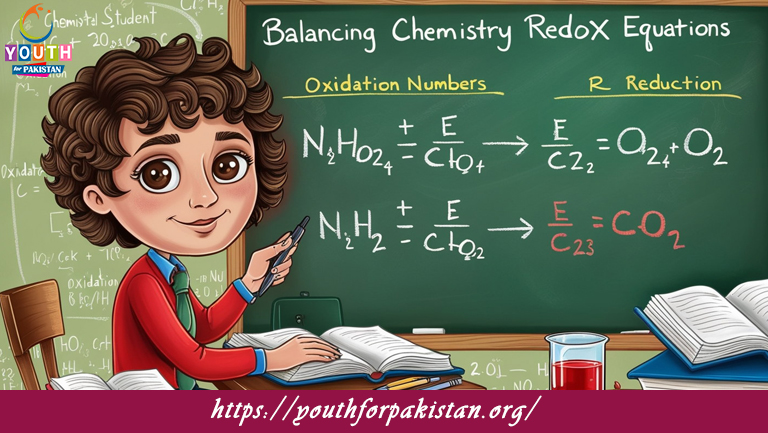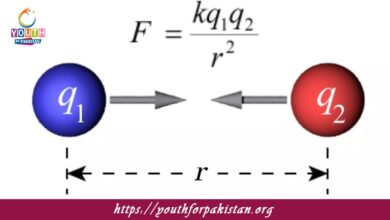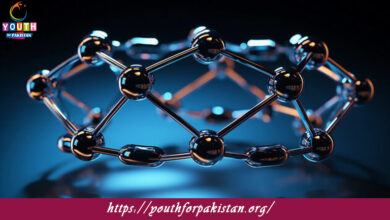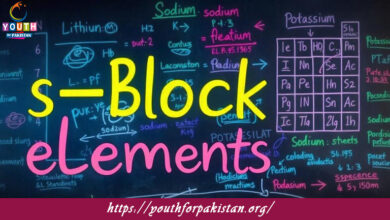Balancing Redox Equations By Oxidation Number Change Method MDCAT MCQs

Balancing Redox Equations By Oxidation Number Change Method MDCAT MCQs: Welcome to the Balancing Redox Equations By Oxidation Number Change Method MDCAT MCQs with Answers. In this post, we have shared Balancing Redox Equations By Oxidation Number Change Method Multiple Choice Questions and Answers for PMC MDCAT 2024. Each question in MDCAT Chemistry offers a chance to enhance your knowledge regarding Balancing Redox Equations By Oxidation Number Change Method MCQs in this MDCAT Online Test.
In the oxidation number change method, the first step is to:
a) Identify the oxidation states of all elements
b) Add coefficients to balance atoms
c) Combine the half-reactions
d) Adjust for acidic or basic conditions
The oxidation number of oxygen in most compounds is:
a) +2
b) +1
c) -1
d) -2
To balance the oxidation and reduction half-reactions, you need to:
a) Equate the change in oxidation numbers
b) Equalize the number of atoms
c) Adjust the temperature
d) Add catalysts
The change in oxidation state of an element during a redox reaction represents:
a) The amount of energy absorbed
b) The total heat released
c) The total change in oxidation number
d) The change in concentration
In the oxidation number change method, what is used to balance oxygen atoms?
a) H₂O
b) OH⁻
c) H₂
d) O₂
When balancing redox reactions using the oxidation number change method, the sum of oxidation states in a neutral compound is:
a) Zero
b) Equal to the number of electrons
c) Equal to the number of reactants
d) Equal to the number of products
In a redox reaction, the species that loses electrons is:
a) Reduced
b) Oxidized
c) Neutral
d) Precipitated
The oxidation number of hydrogen in most compounds is:
a) -1
b) +1
c) 0
d) +2
The process of determining the oxidation state change involves:
a) Calculating energy changes
b) Determining the changes in oxidation numbers
c) Measuring temperature changes
d) Adding catalysts
In balancing redox reactions, the total increase in oxidation number must equal:
a) The total decrease in oxidation number
b) The number of hydrogen atoms
c) The number of oxygen atoms
d) The temperature change
To balance hydrogen atoms in the oxidation number change method, you add:
a) H₂O
b) H₂
c) H⁺
d) OH⁻
The process of balancing redox reactions by the oxidation number change method includes:
a) Assigning oxidation numbers to all elements
b) Ignoring the changes in oxidation numbers
c) Only focusing on the reduction half-reaction
d) Measuring the reaction rate
When balancing redox equations, how do you balance the charge?
a) By adding protons
b) By adding electrons
c) By adding neutrons
d) By changing the state of matter
In the oxidation number change method, the change in oxidation number for an element during a redox reaction reflects its:
a) Change in energy
b) Change in mass
c) Change in charge
d) Change in temperature
To ensure that the redox reaction is balanced, the total number of electrons gained in the reduction half-reaction must equal:
a) The total number of electrons lost in the oxidation half-reaction
b) The number of oxygen atoms
c) The number of hydrogen atoms
d) The reaction rate
In balancing redox equations, what must be equal on both sides of the reaction?
a) Number of hydrogen atoms
b) Number of electrons gained and lost
c) Temperature
d) Pressure
The oxidation number change method is useful for balancing reactions because it:
a) Simplifies the calculation of reaction rates
b) Allows for easy determination of energy changes
c) Directly balances the number of electrons transferred
d) Avoids the need for pH adjustments
To balance oxygen atoms in a redox reaction in basic solution, you:
a) Add OH⁻
b) Add H₂O
c) Add H₂
d) Ignore oxygen
In the oxidation number change method, the oxidation state of an element in its standard state is:
a) +1
b) -1
c) 0
d) +2
The total change in oxidation numbers in a balanced redox equation should result in:
a) Equal gains and losses of electrons
b) Equal amounts of reactants and products
c) Equal temperature changes
d) Equal pressure changes
To balance a redox reaction in an acidic solution, you use:
a) H₂O and OH⁻
b) H₂ and OH⁻
c) H⁺ and H₂O
d) H₂O and H⁺
The oxidation number change method requires that you:
a) Balance only the oxidation half-reaction
b) Balance only the reduction half-reaction
c) Balance both half-reactions for atoms and charges
d) Ignore the number of electrons transferred
In balancing redox reactions, the species that gains electrons is:
a) Reduced
b) Oxidized
c) Neutral
d) Precipitated
To balance the redox reaction involving Cl₂ and I⁻ to form Cl⁻ and I₂, the oxidation states of chlorine and iodine need to be:
a) Increased and decreased respectively
b) Decreased and increased respectively
c) Increased for both
d) Decreased for both
In the oxidation number change method, the total number of electrons lost must equal:
a) The total number of electrons gained
b) The total number of protons added
c) The total number of oxygen atoms
d) The number of hydrogen atoms
To balance hydrogen atoms in the reduction half-reaction, in basic solution, you add:
a) H₂O
b) H₂
c) OH⁻
d) H⁺
In the oxidation number change method, to balance the reaction in basic solution, you first balance:
a) Atoms and then charges
b) Charges and then atoms
c) Only oxygen atoms
d) Only hydrogen atoms
When balancing the redox reaction for zinc and copper ions, the oxidation state of zinc changes from:
a) 0 to +2
b) +2 to 0
c) +1 to 0
d) 0 to +1
In a redox reaction, the oxidation state of an element increases when it:
a) Gains electrons
b) Loses electrons
c) Is neutralized
d) Forms a precipitate
The process of balancing oxidation numbers helps in:
a) Determining reaction rate
b) Identifying reaction conditions
c) Understanding electron transfer
d) Adjusting temperature
When balancing the reaction of permanganate ion in acidic medium, the oxidation number of manganese changes from:
a) +7 to +2
b) +2 to +7
c) 0 to +4
d) +4 to 0
To balance redox reactions using oxidation numbers, you first:
a) Determine the changes in oxidation states
b) Adjust for temperature
c) Measure the reaction rate
d) Add catalysts
In the oxidation number change method, the number of electrons lost in oxidation must be:
a) Equal to the number of electrons gained in reduction
b) Equal to the number of hydrogen atoms
c) Equal to the number of water molecules
d) Equal to the number of reactants
To balance the reaction of nitric acid and zinc, the oxidation state of nitrogen changes from:
a) +5 to +2
b) +2 to +5
c) 0 to +4
d) +4 to 0
In the oxidation number change method, balancing redox reactions helps to:
a) Determine the equilibrium constant
b) Determine the stoichiometry of the reaction
c) Calculate the reaction temperature
d) Measure the rate of reaction
To balance oxygen atoms in the oxidation number change method, you:
a) Add OH⁻ or H₂O
b) Add H₂
c) Add H⁺
d) Ignore oxygen
When balancing redox reactions, the sum of oxidation numbers in a polyatomic ion equals:
a) The charge of the ion
b) Zero
c) The number of atoms
d) The reaction temperature
In the oxidation number change method, if the oxidation number of an element decreases, the element:
a) Is oxidized
b) Is reduced
c) Is neutralized
d) Is precipitated
To balance a redox reaction in a basic medium, the final step involves:
a) Adding OH⁻ to balance hydrogen
b) Adding H₂O to balance oxygen
c) Adjusting the temperature
d) Measuring the reaction rate
In the oxidation number change method, to balance the redox reaction, ensure that:
a) Oxidation states change are balanced
b) Reaction temperature is constant
c) Concentrations of reactants are equal
d) Reaction rate is adjusted
If you are interested to enhance your knowledge regarding Physics, Chemistry, Computer, and Biology please click on the link of each category, you will be redirected to dedicated website for each category.





